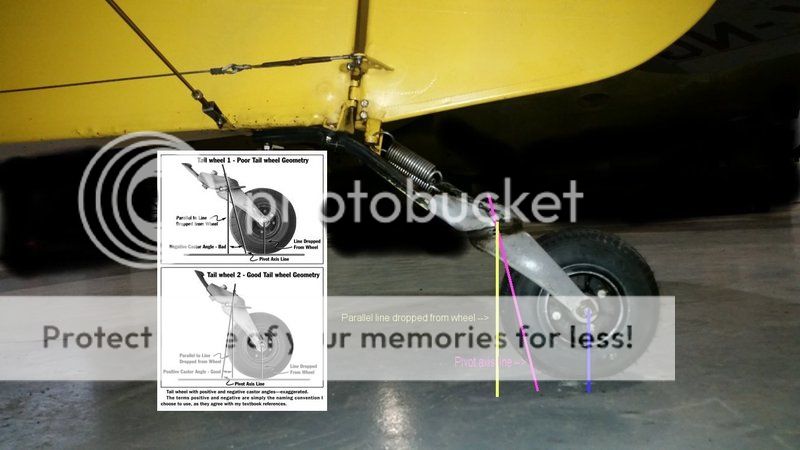DFH65
En-Route
- Joined
- Jun 29, 2013
- Messages
- 2,609
- Display Name
Display name:
DFH65
Talk to me about TW shimmy. Have a J5 I fly and it is fine on the grass but on pavement the TW shimmys like mad. I did one pavement landing yesterday and thought I was going for a ride took every bit of rudder work I had in me to keep her tracking down the runway and the shimmy was so bad I literally thought something on the plane broke. We did put a new TW on the plane this winter and maybe now that it has some real tread on it the shimmy is amplified because it bites harder.
I know there are lots of theories and I have read many of them about TW geometry, rebending the springs, looser springs, always doing wheel landings and others.
Any ideas are appreciated.
I know there are lots of theories and I have read many of them about TW geometry, rebending the springs, looser springs, always doing wheel landings and others.
Any ideas are appreciated.


